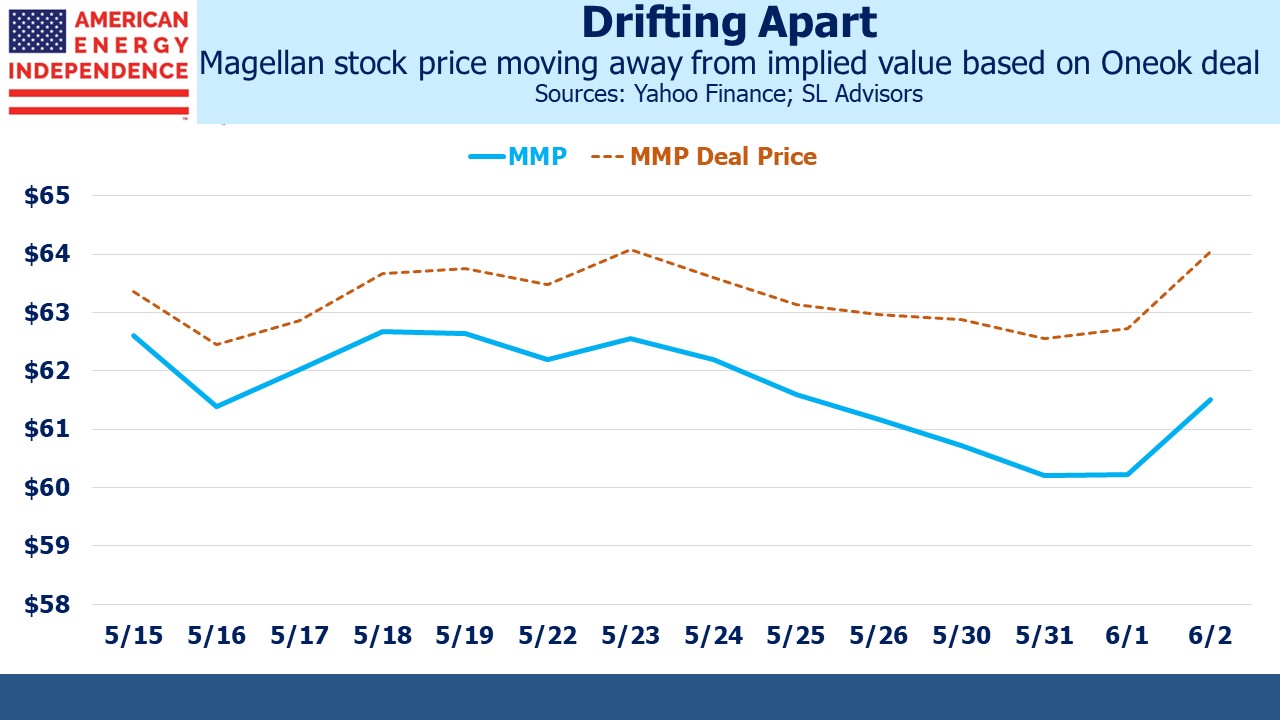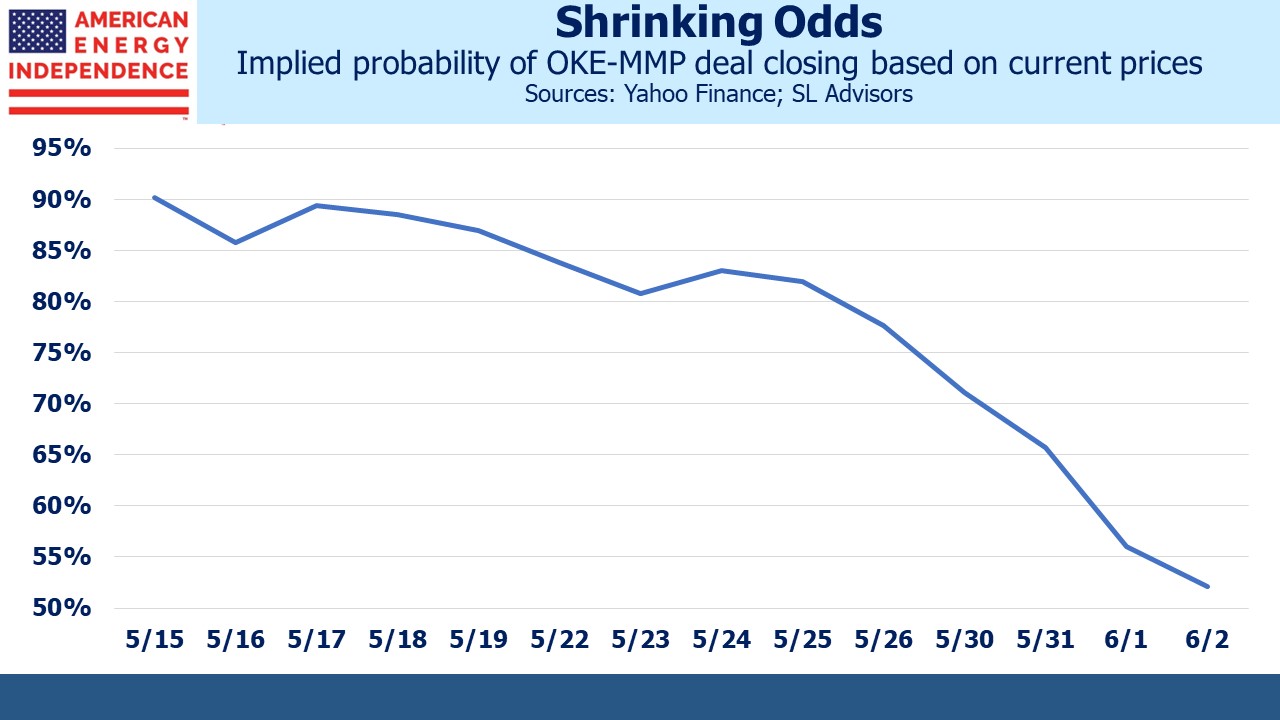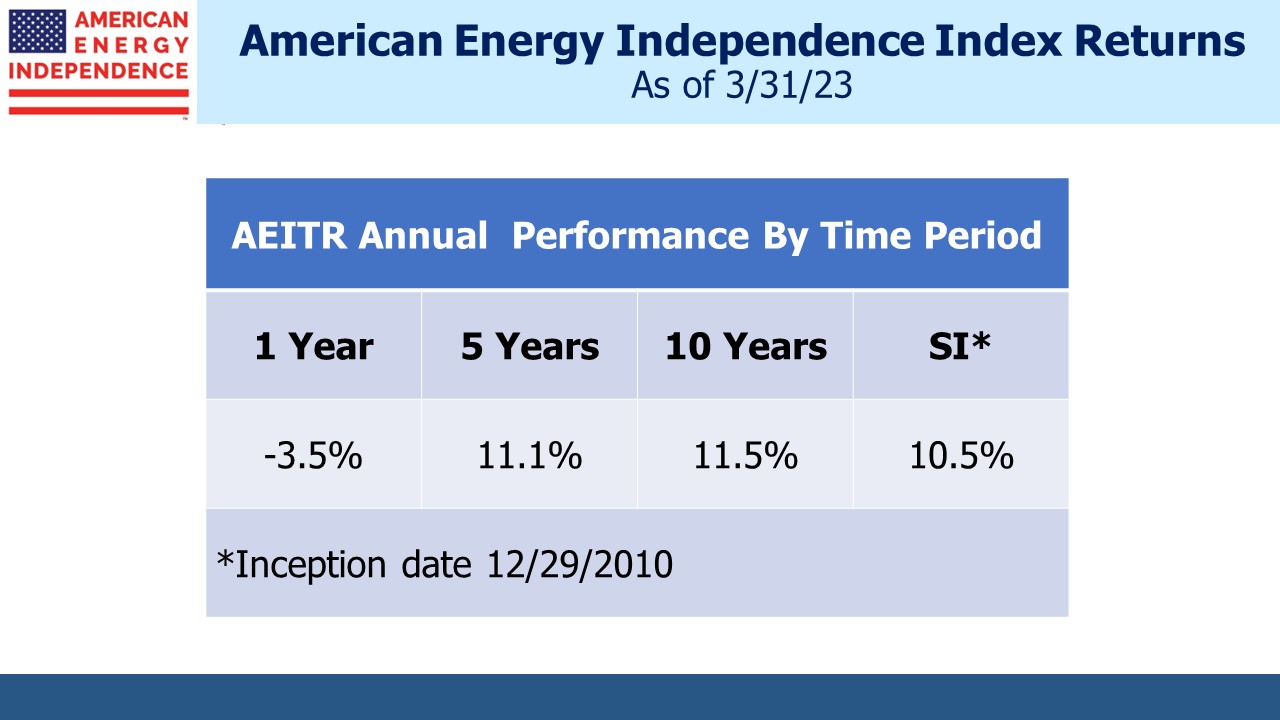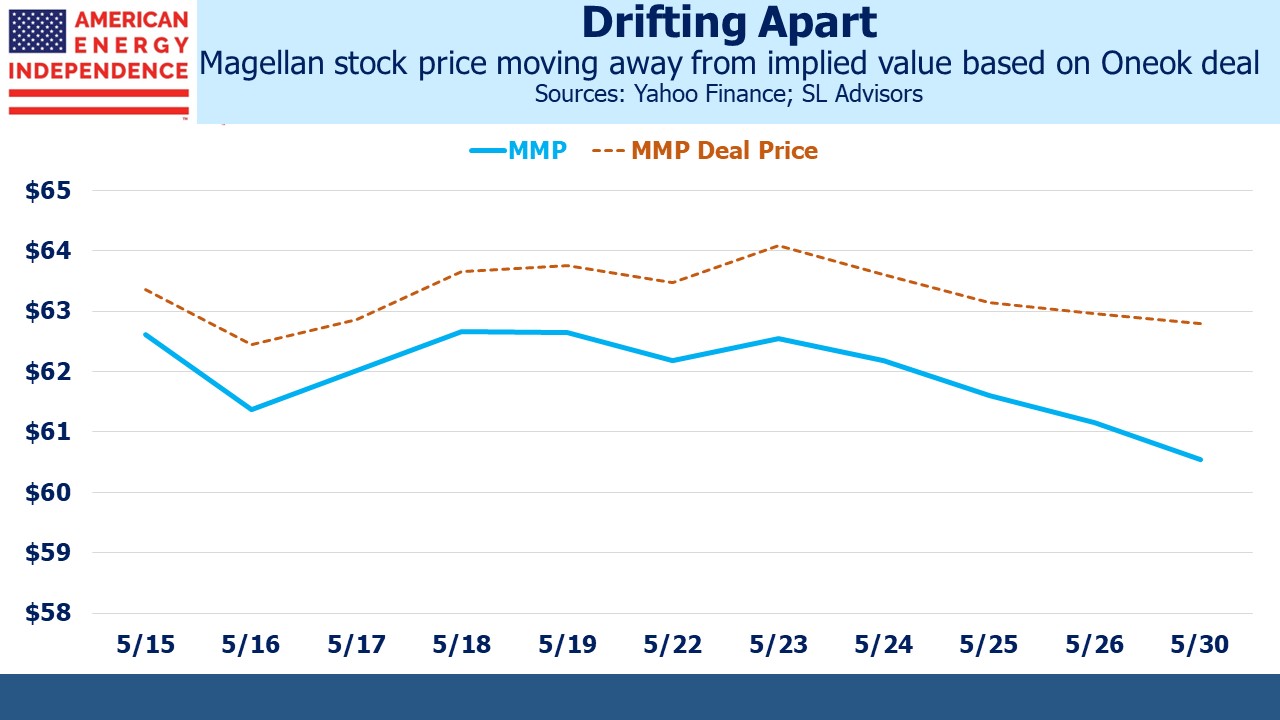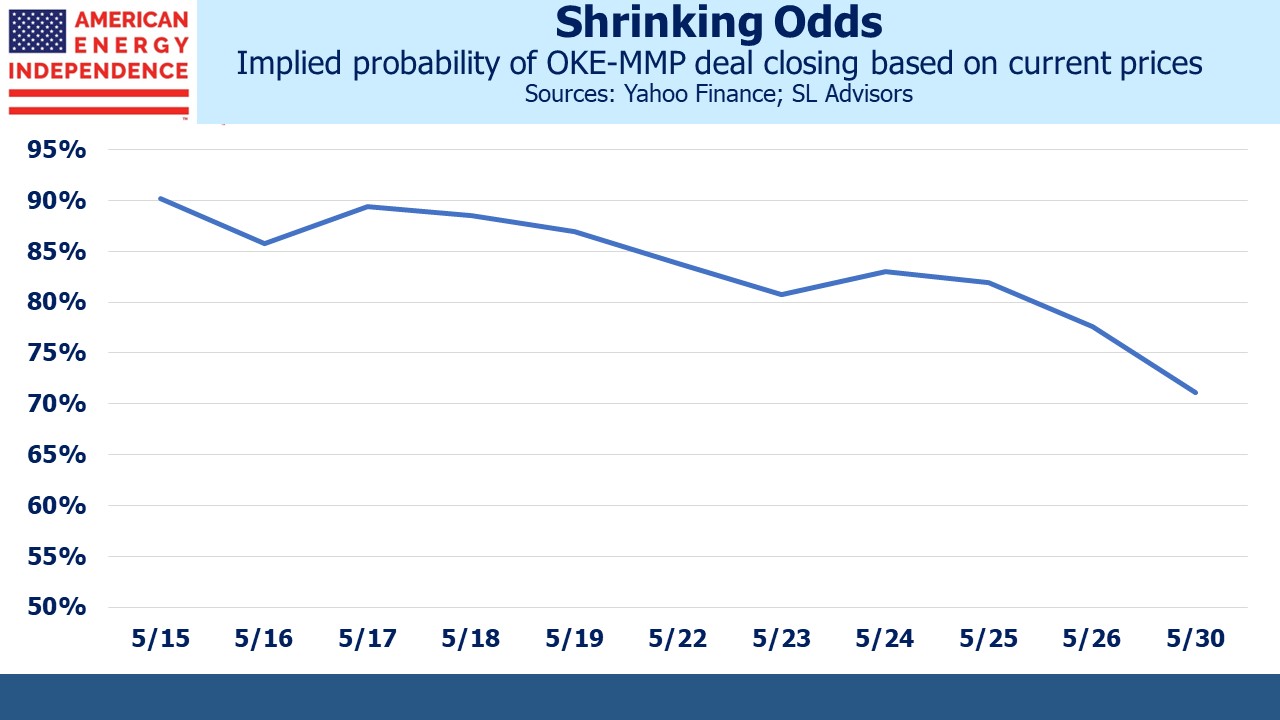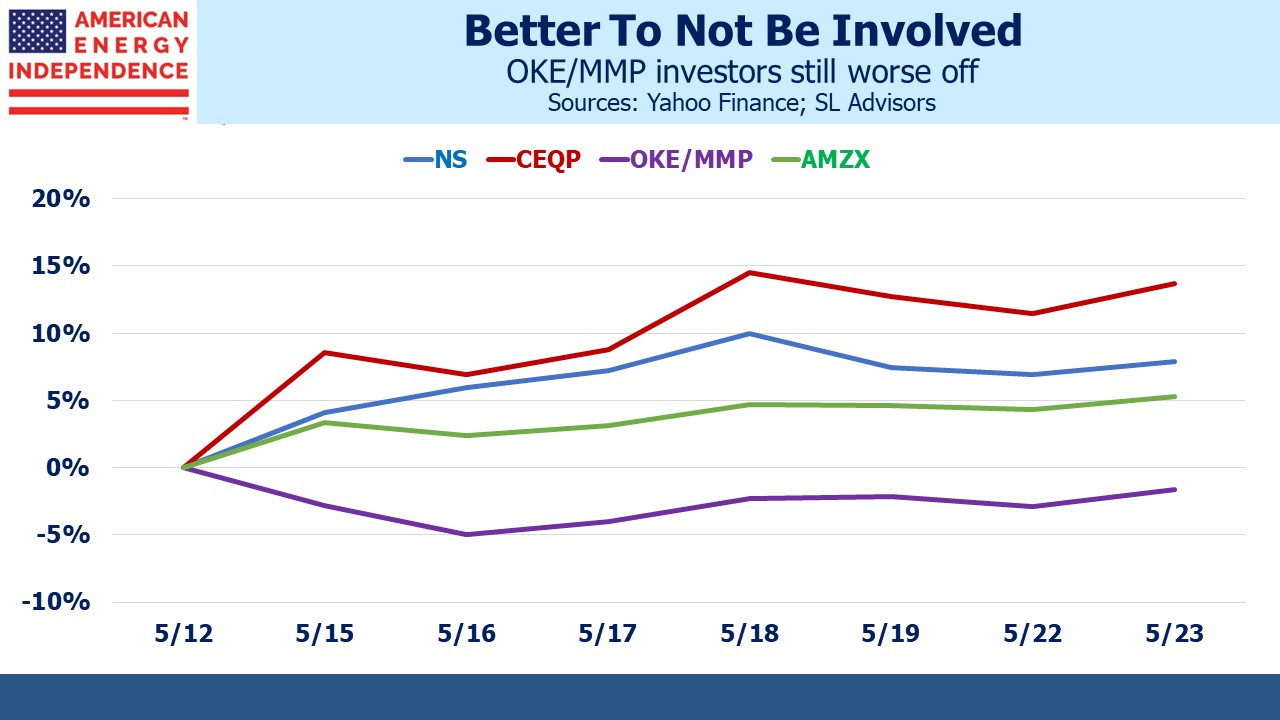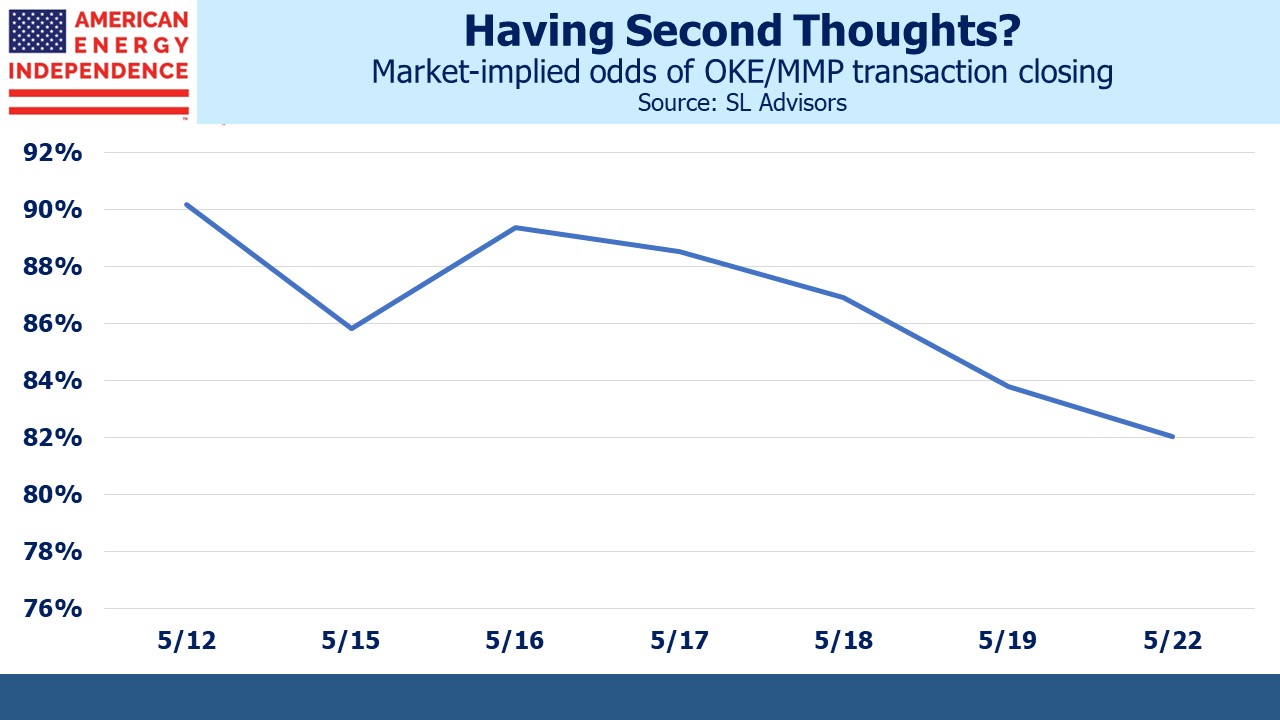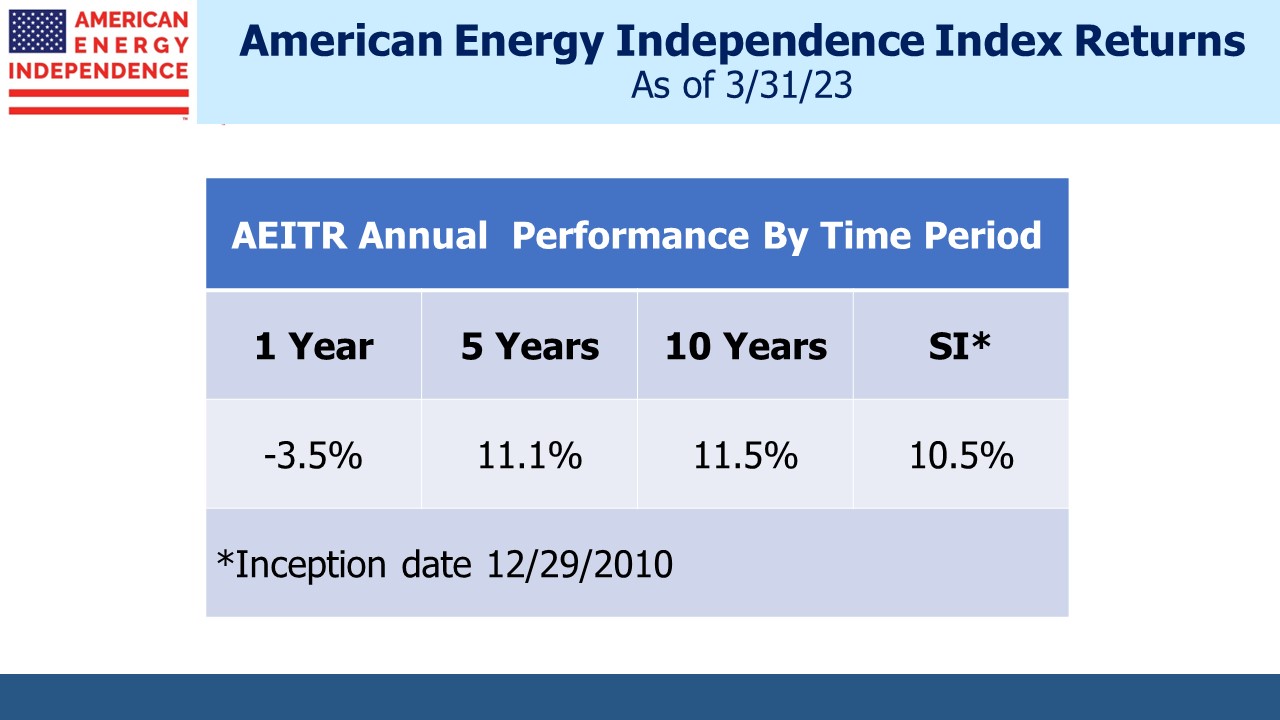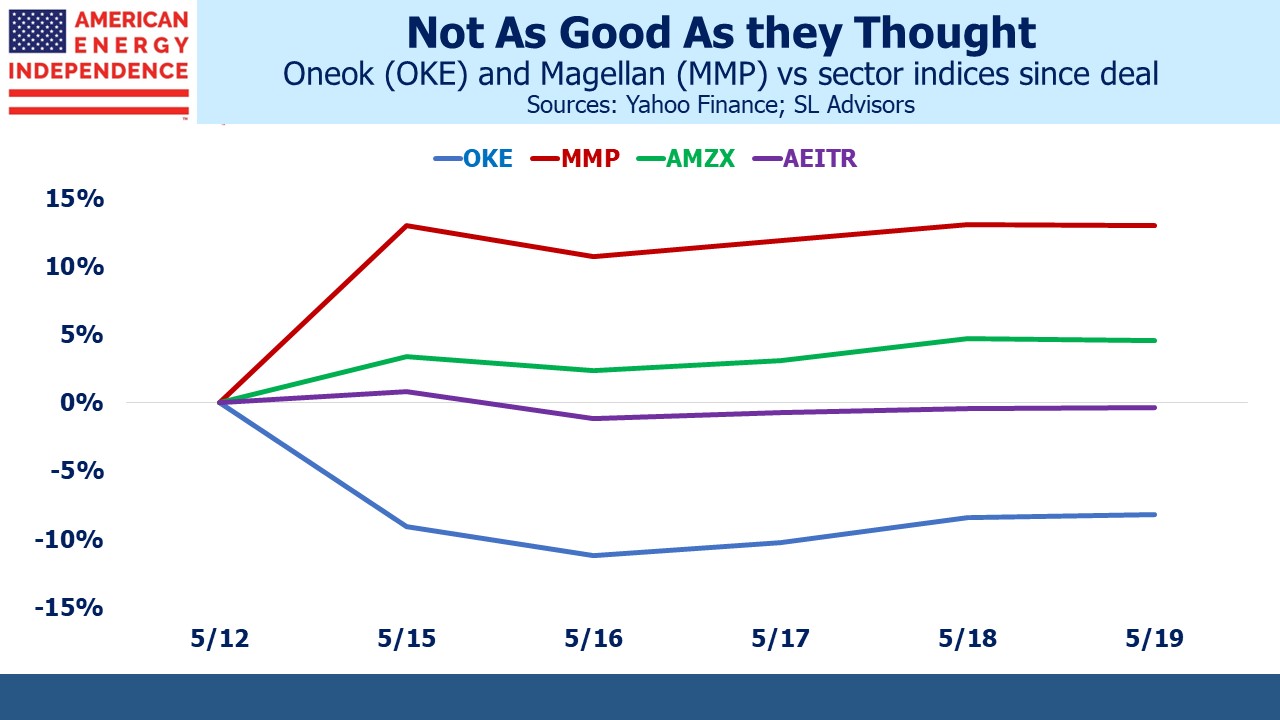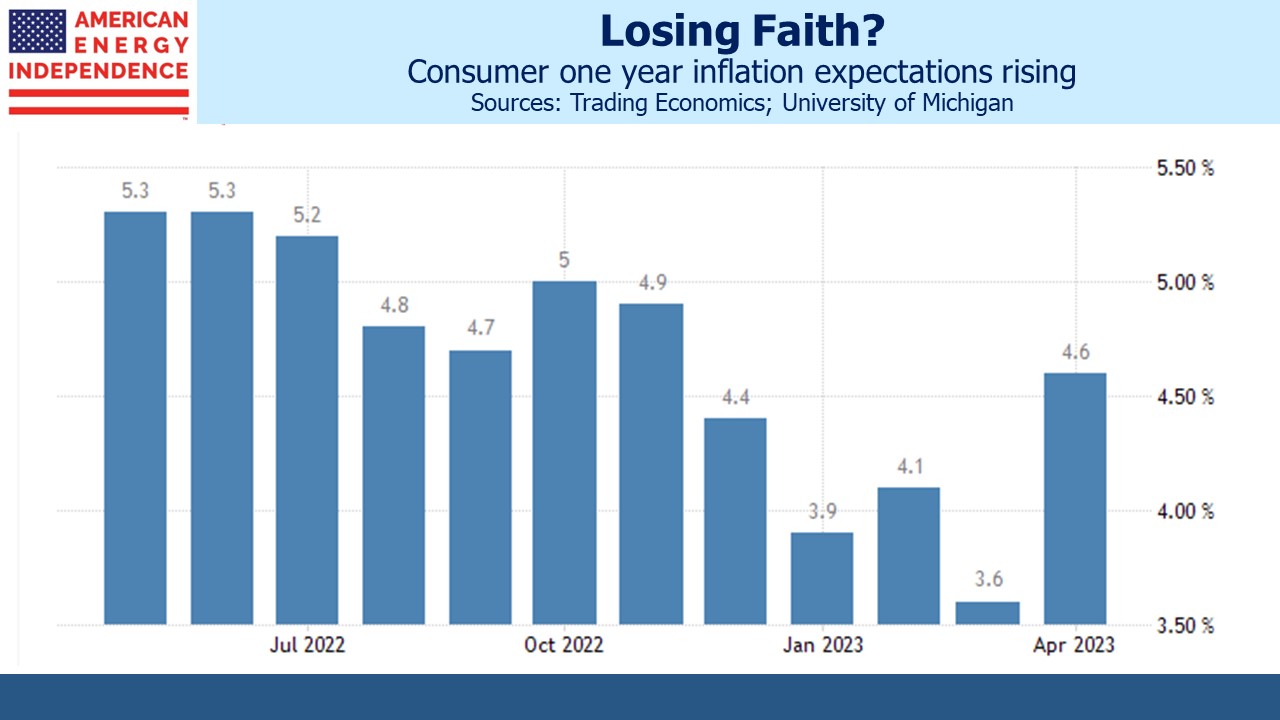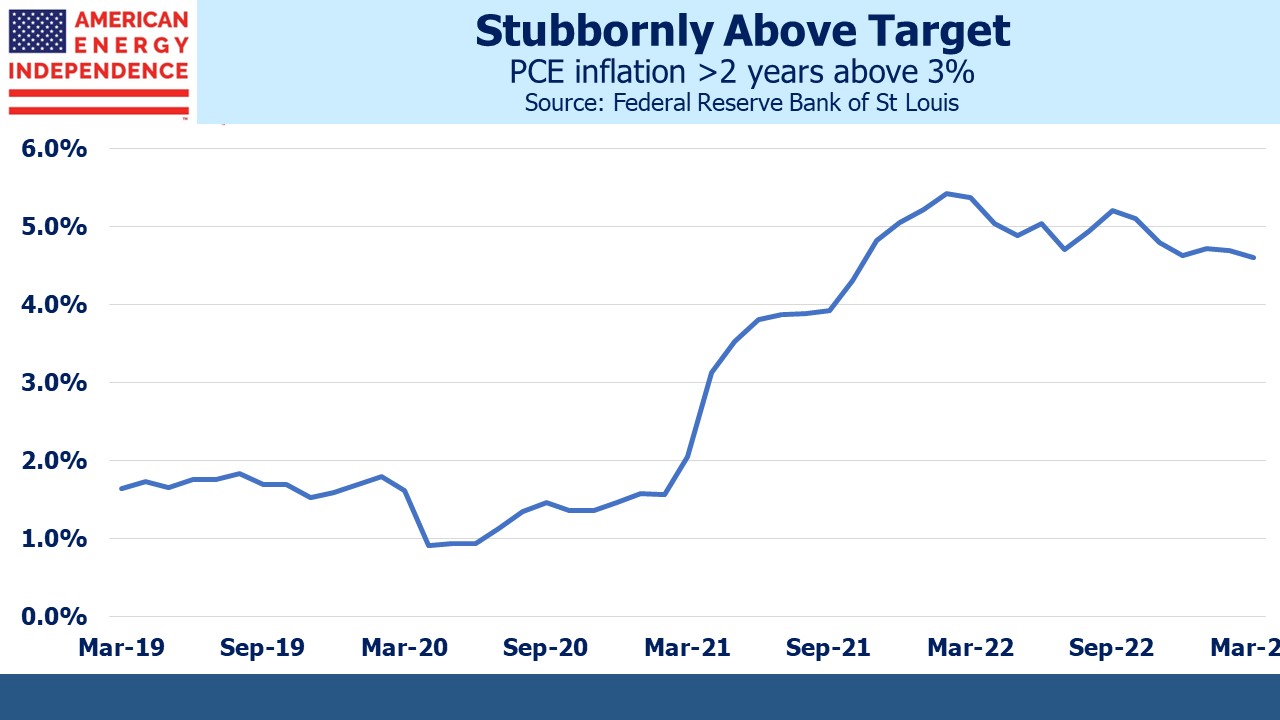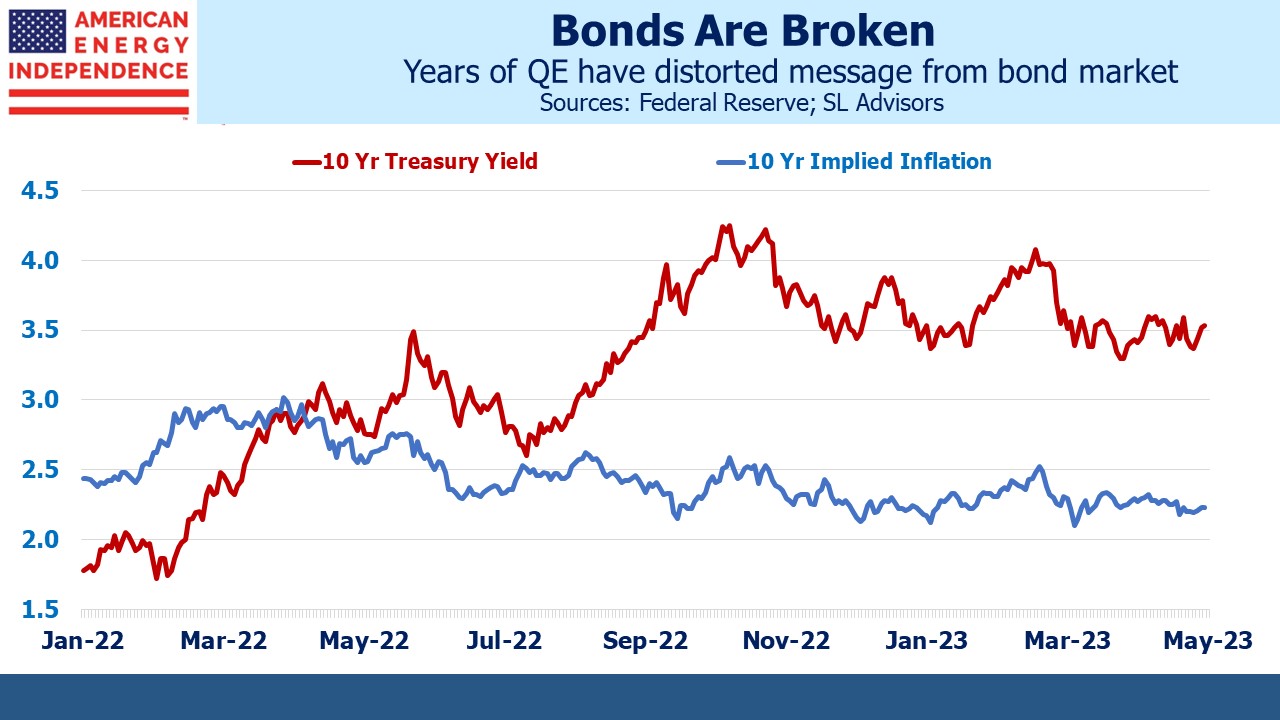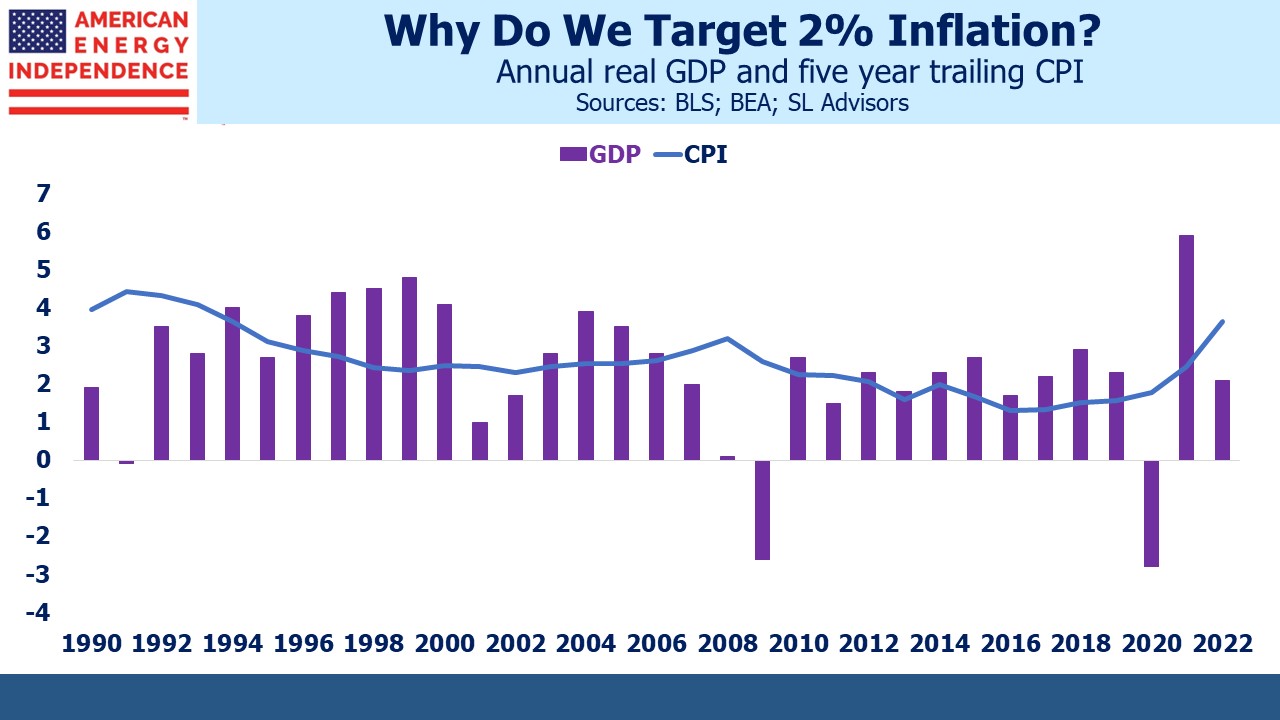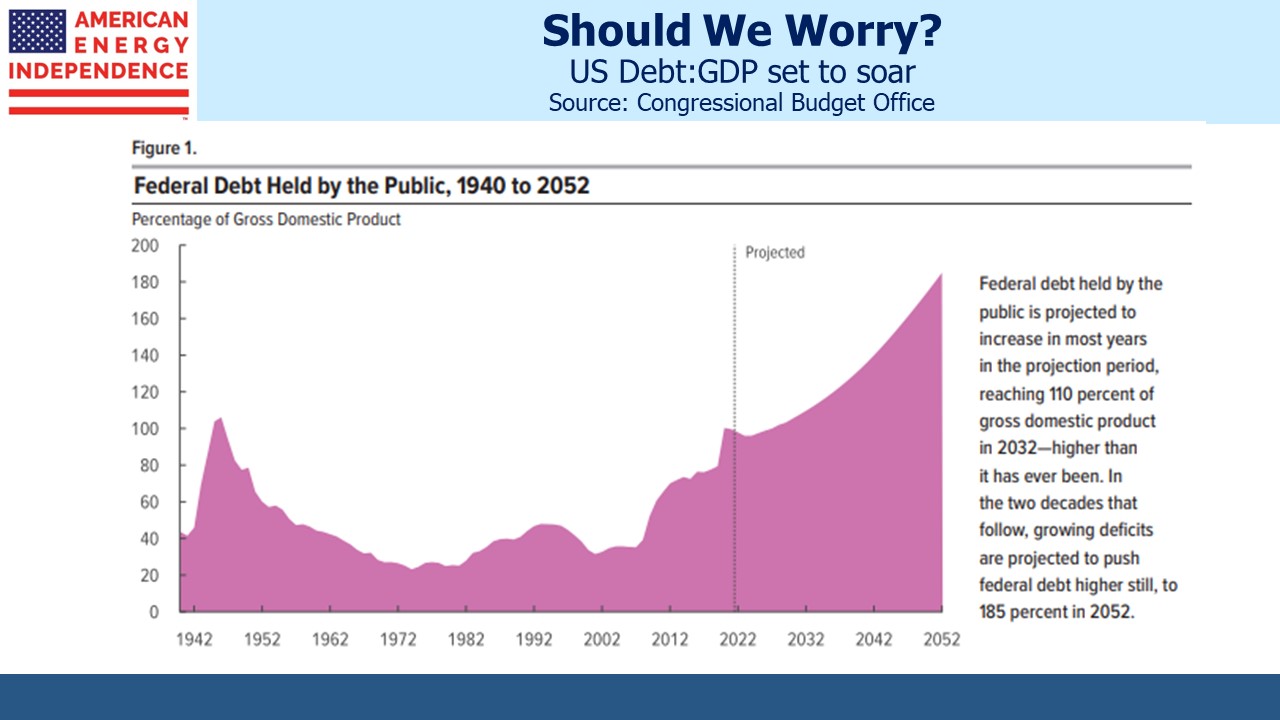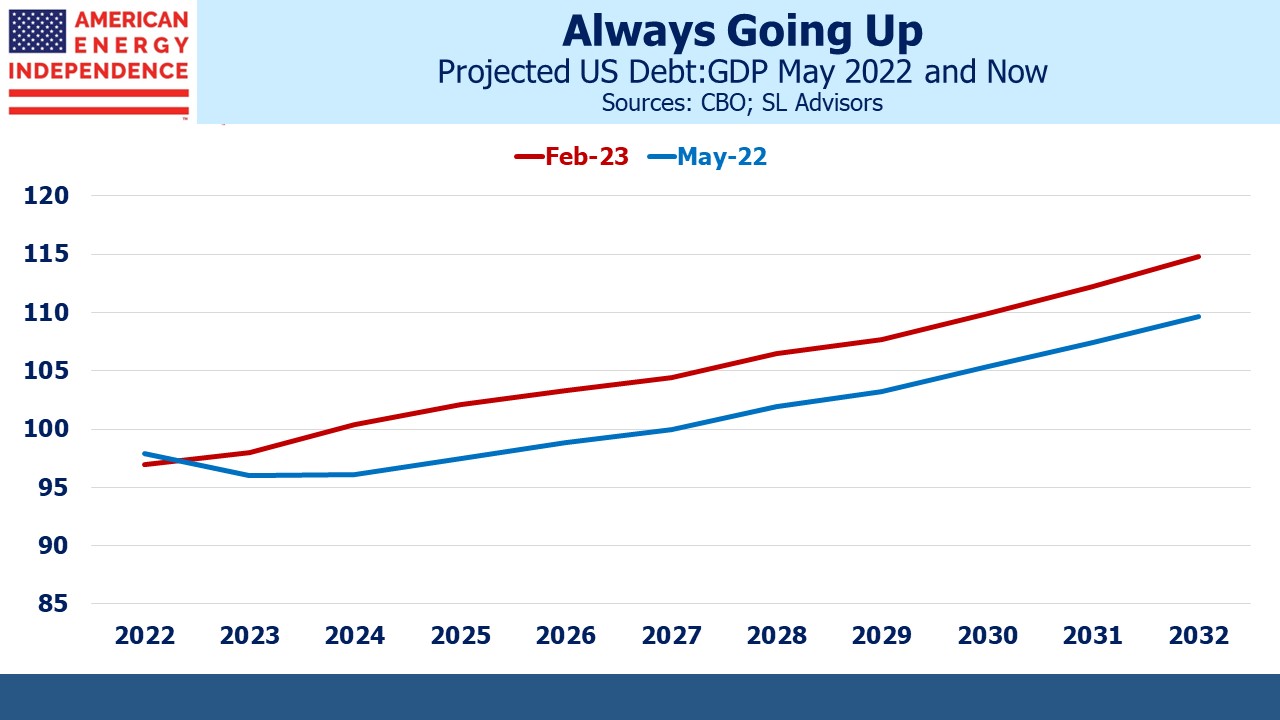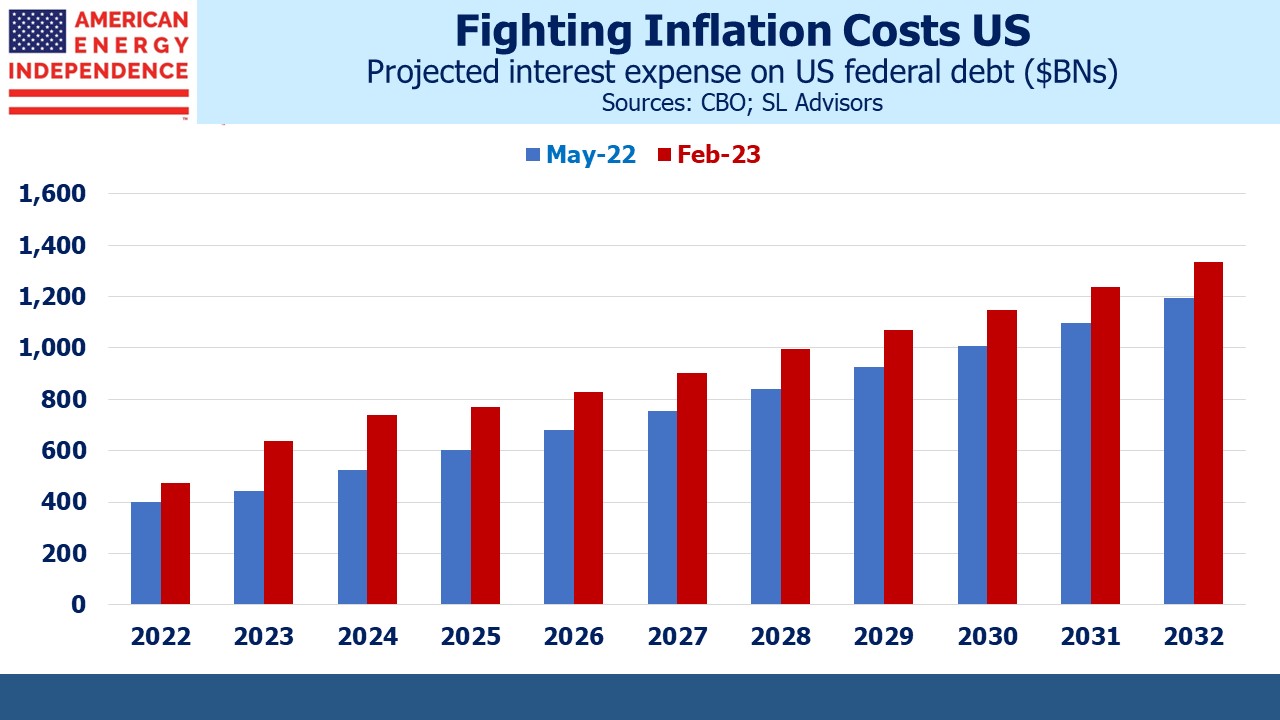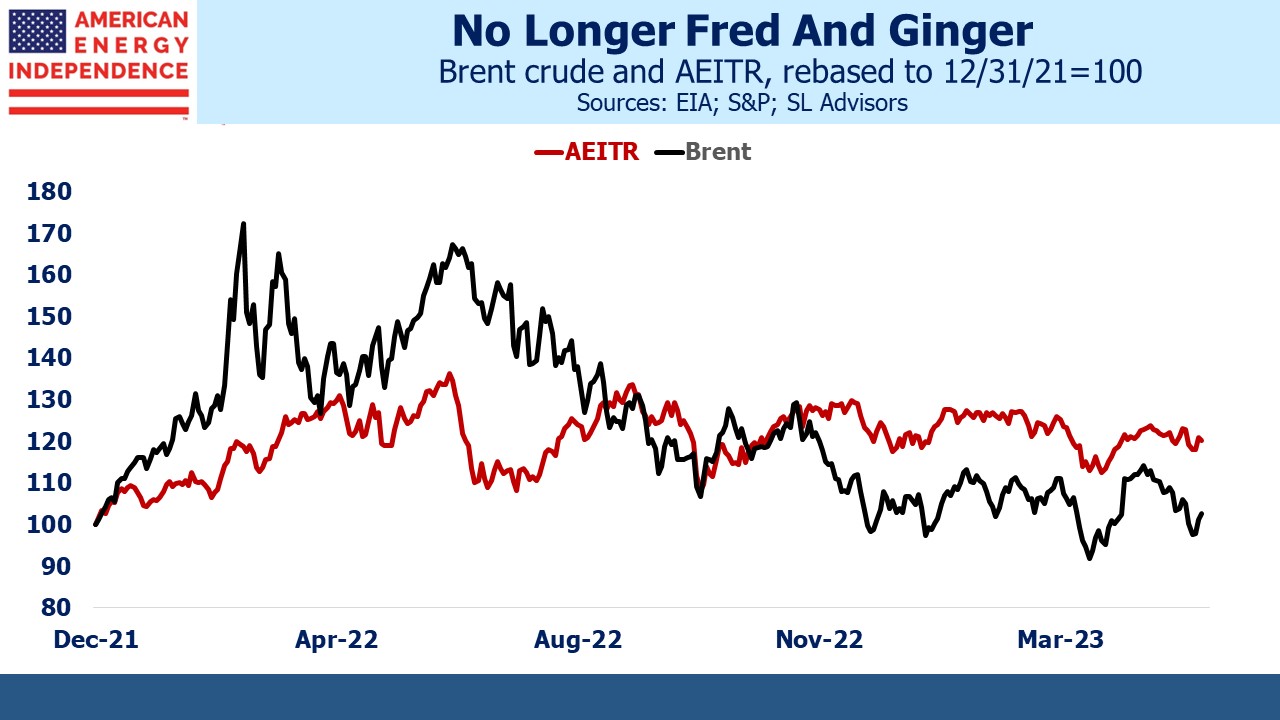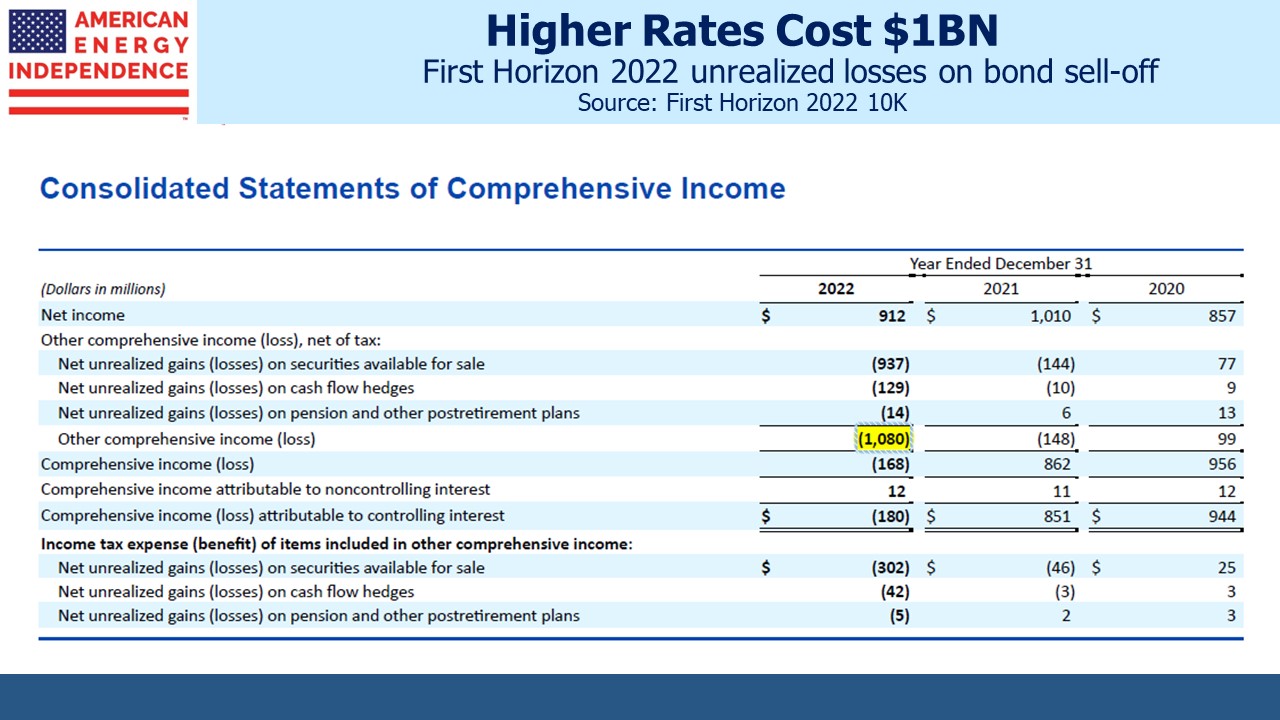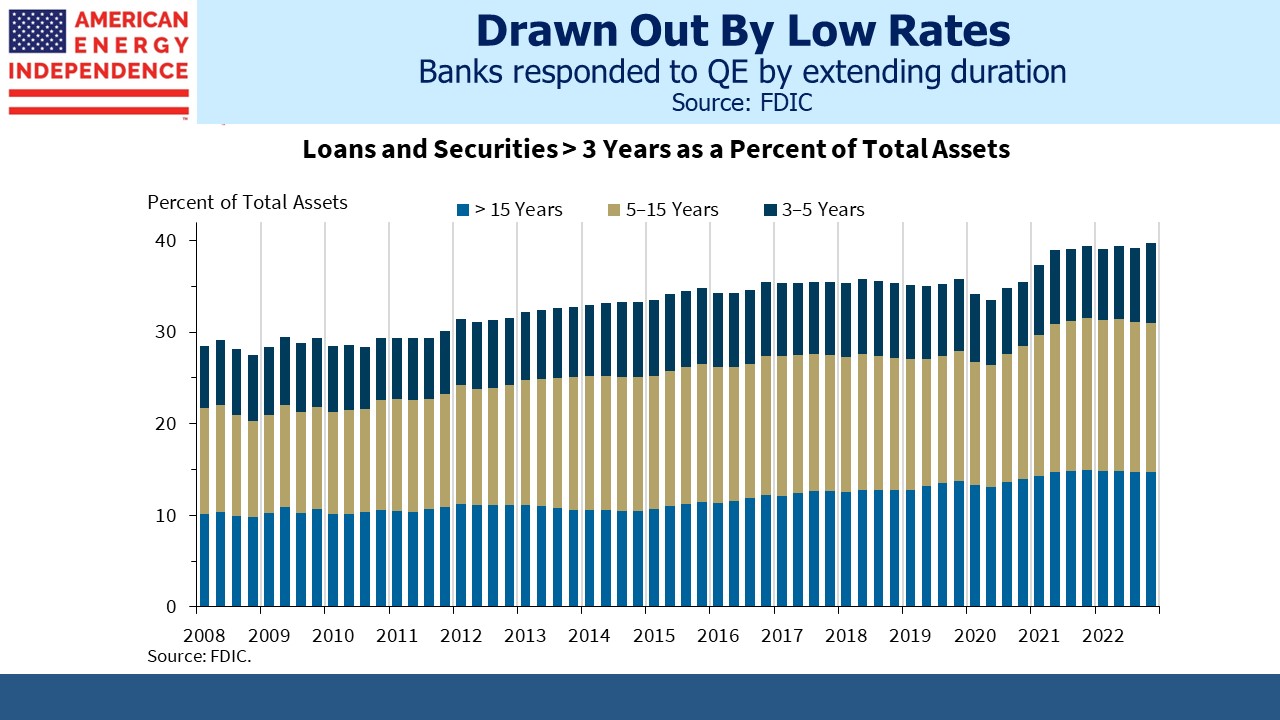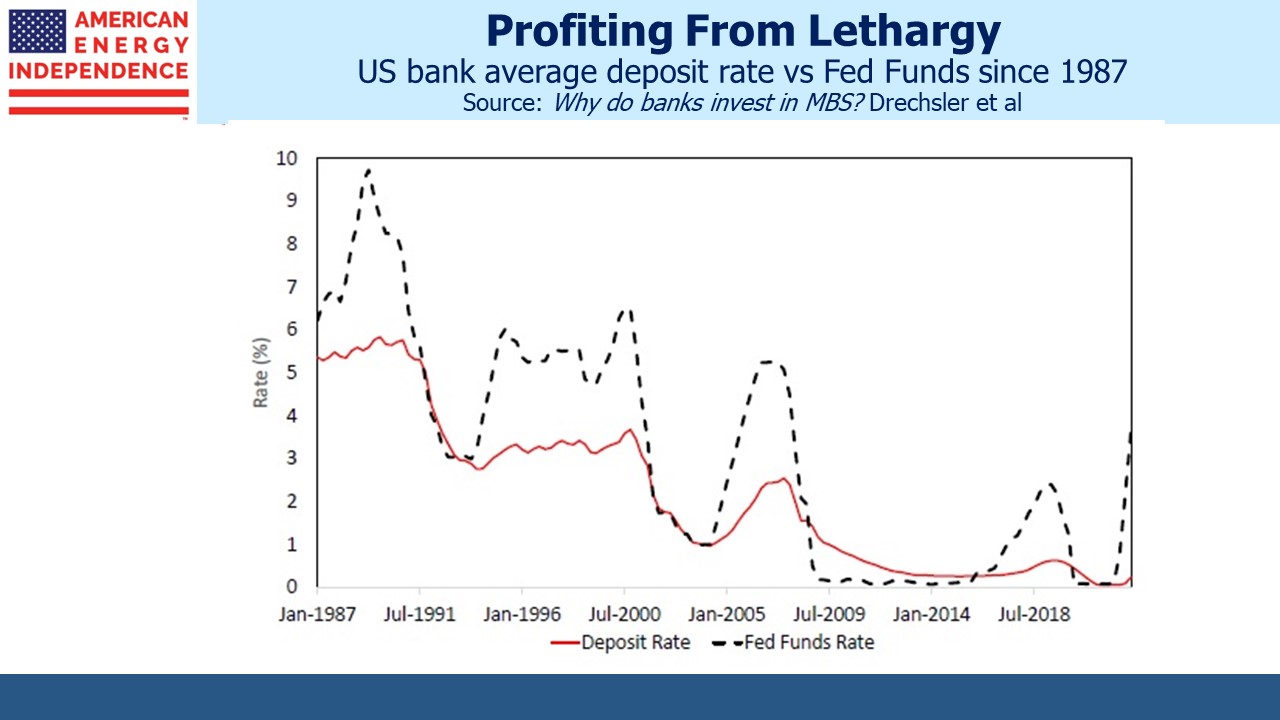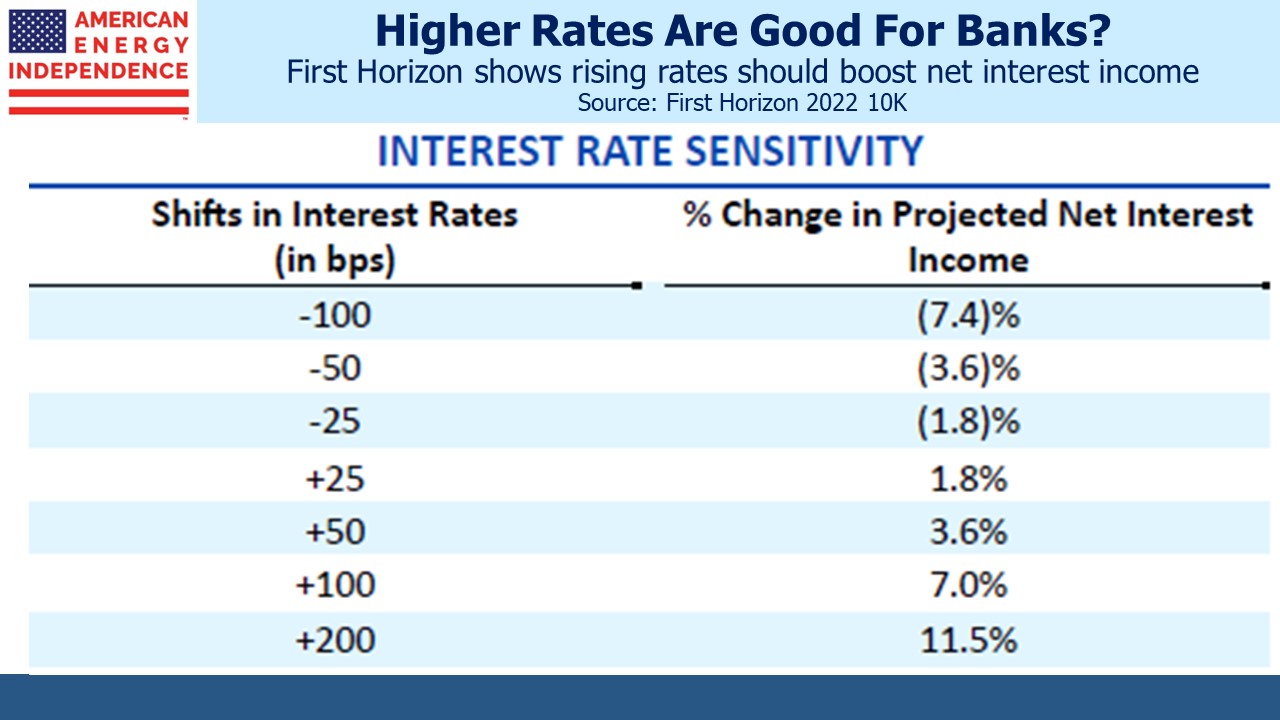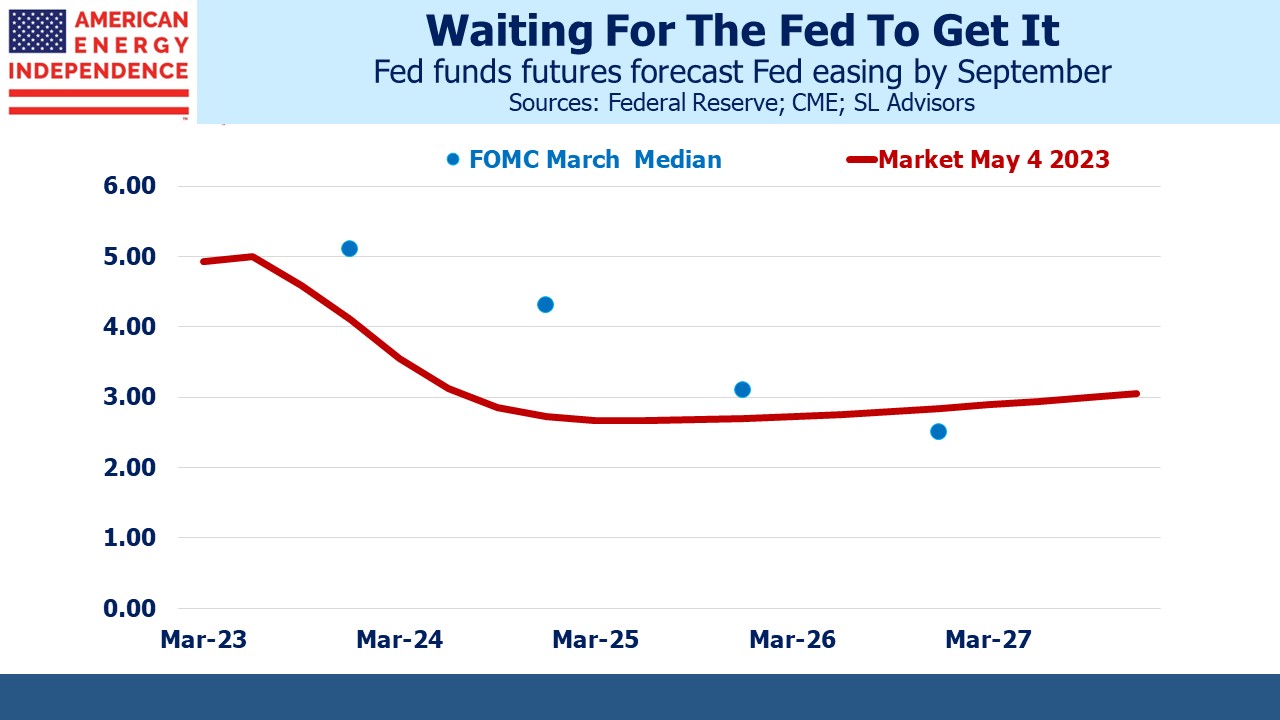AI And The Pipeline Sector
In February, the transcript of the dialogue between Bing’s chatbot and a NYTimes journalist illustrated a weird, unsettling side of Artificial Intelligence (AI). Kevin Roose, the columnist, mischievously led the chatbot through a series of existential questions about feelings which culminated in advice that Roose was in love with Bing, not his earthly companion. It was amusing, except perhaps for the AI programmers at Microsoft who have likely since dialed down Bing’s sentient scale.
Shortly afterwards I started using ChatGPT. I soon found that it can write a blog post. I shall immodestly claim that they are not as informative as my own, at least for now. But I assume their quality will improve, and I’ll have to do the same or risk being an AI unemployment statistic.
The Alerian MLP ETF is a true embodiment of the Moopy-Lacka-Doo syndrome. It’s confusing, risky, and prone to leaving you in a state of bewilderment. So, if you’re considering investing in this ETF, make sure you have a sense of humor and a sturdy pair of financial roller skates. You’re going to need both.
This is the closing paragraph of ChatGPT’s response to “write a funny blog post critical of the alerian mlp etf”. You can read the full piece here.
It’s like a broken seesaw with a weight limit that only exists to crush your hopes and dreams.
It has no substance, and is short of facts compared with, say, our recent missive, AMLP Has Yet More Tax Problems. But it uses more colorful analogies.
It’s like riding a rickety old roller coaster with no safety harness while juggling chainsaws.
ChatGPT is not burdened with having to write in the fair and balanced way SEC regulations require. Our AMLP pieces seem quite tame by comparison. Perhaps this is how a future roboadvisor will persuade clients to dump AMLP for a more properly structured fund, part of fixing portfolios acquired from the underperforming human FA.
I couldn’t resist emulating the NYTimes journalist with Bing, but ChatGPT dryly responded to my overture, “As an AI language model, I don’t have the capability to experience emotions or form personal attachments.” The programmers can learn too.
AI is fast becoming the must-have acronym. Until recently it was ESG. That always looked like a fad to us. ESG Is A Scam and ESG Has No Clothes resonated with our investors and readers. ESG’s relevance doesn’t extend beyond its impact on fund flows.
Advisor-managed client portfolios are mostly lagging the S&P500 this year, because who can run a portfolio with just five stocks (Microsoft, Amazon, Nvidia, Alphabet and Meta)? When the other 495 companies in the S&P feel underappreciated, you know what’s coming next. Those slides in the generic investor presentation dedicated to ESG or the energy transition will soon be amended to demonstrate the company’s AI bona fides.
The energy sector has been using “machine learning” (what AI used to be called) for years. Enbridge promotes it in their management of wind farms. EOG Resources has earned industry respect for its use of analytics to optimize its E&P activities. As far back as 2017 they were extolling their use of real time data to improve operating performance.
Last year Williams Companies partnered with Context Labs to improve their delivery of clean energy using AI.
Exxon Mobil uses “autonomous drilling” relying on AI in Guyana. Chevron, Occidental and Shell all publicize their use of AI. Before long not using AI will be the exception, the story worth reporting.
And of course, the computers running AI software require energy, so the sector can benefit both by operating more efficiently and from increased demand for its output.
In the late 90s every company needed a dot-com strategy. Remember Pets.com? At the time ordering pet food online seemed as ridiculous as buying books. But not to Jeff Bezos. Just as with the adoption of the internet, even when it became ubiquitous companies still made sure investors knew they were adopting the new technology.
AI is not a fad. But it’s not as new as it looks either. And it can generate some startling images.
Machine learning existed long before it was rechristened. Genetically modified food seems recent but really goes back millenia. Vaclav Smil has chronicled how the world’s reliance on just a few varieties of grain for nutrition can be traced back to experimentation in the fertile crescent, when early humans were evolving from hunter-gatherers into farmers.
The market has already anointed the big winners from AI. But many more companies have been using machine learning, dynamic data analysis or continuously optimized algorithms for years. Expect to hear more of them boasting about it.
We have three funds that seek to profit from this environment:

